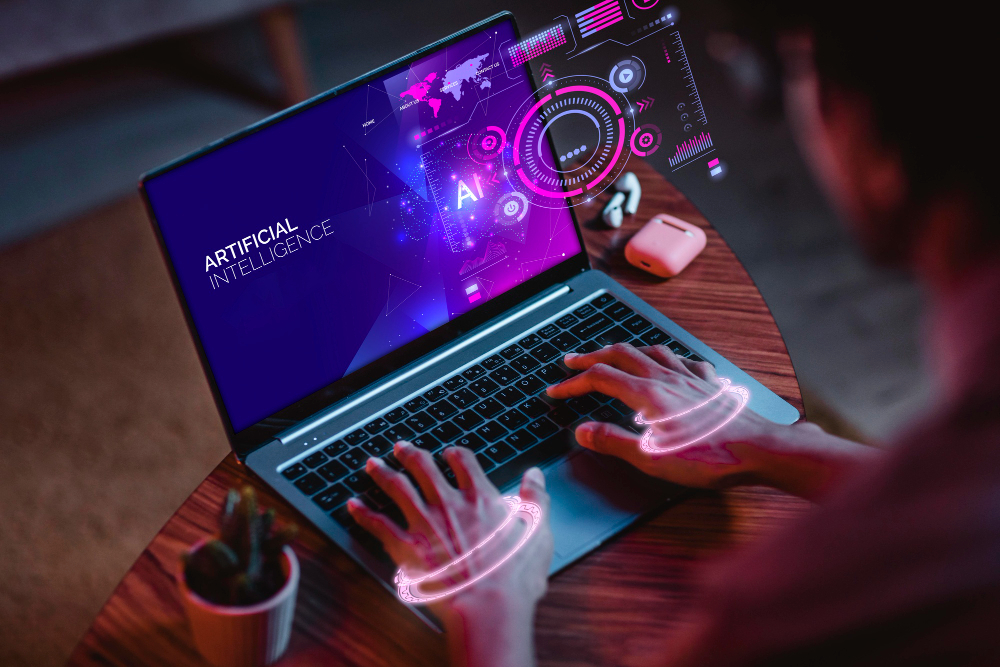- The New Neurodiversity Champion: AI in 2024 is set to Transform D&I in all business sizes.
- Breaking D&I Barriers: AI makes diversity strategies accessible for every business from Day 1
BrightHR.com The HR platform that transforms your people management, suggests Artificial Intelligence (AI) models can be trained to enable neurodiversity initiatives in the workplace by providing the tools to offer personalised and scalable solutions for individual needs – thereby democratising diversity and inclusion efforts for companies of all sizes.
In an age where it’s commonly understood that 1 in 7 of the UK & US are neurodivergent, diversity and inclusion have become cornerstones of progressive business practices, the concept of AI as a Chief Neurodiversity Officer presents an intriguing approach.
Neurodiversity, the concept that neurological differences are to be recognized and respected as any other human variation, includes conditions like Autism Spectrum Disorder, Attention Deficit Hyperactivity Disorder, Dyslexia, and others.
Embracing Neurodiversity with AI
Traditionally, managing neurodiversity in the workplace has been a complex task, requiring a deep understanding of various neurological conditions and the unique needs of neurodivergent employees – leaving small and medium-sized enterprises who often view the implementation of comprehensive diversity and inclusion (D&I) strategies as inaccessible, primarily due to resource constraints.
However, the advent of AI as a Chief Neurodiversity Officer is revolutionising this landscape, making it feasible and more efficient for all companies to embrace these values.
AI in the hands of business owners can enable them to design a more inclusive workplace from day 1 by collecting and analysing larger amounts of data during the recruiting and onboarding stages of staffing.
This data can be fed to AI Models to enable them to provide individualised support and use tools like Bright Lightning AI as a sounding board for all things neurodiversity.
The Role of AI as a Chief Neurodiversity Officer (CNO)
Imagine it’s Day 1 at your forward-thinking startup. You, Sarah, the founder, are laying the foundations of your business and have just taken a groundbreaking step: hiring AI as your Chief Neurodiversity Officer (CNO). With this innovative move, you’re dedicated to creating an inclusive environment, particularly for neurodivergent employees.
Your first challenge is to onboard Mark, a talented graphic designer with Autism Spectrum Disorder. He’s incredibly skilled but faces challenges with social interactions and is sensitive to sensory overload. Here’s where your AI CNO steps in. It recommends setting up Mark’s workstation with noise-cancelling technology and a schedule that allows for flexible work hours, using an AI-powered scheduling assistant.
Next, you have Emily, who has dyslexia and finds written communication challenging. The AI CNO suggests integrating text-to-speech software into her computer, allowing her to better understand written briefs and emails. It also recommends using Grammarly’s AI-powered writing assistant to help her with writing tasks, making her more confident in her role.
For team meetings, the AI CNO introduces an AI-driven transcription service, ensuring that all discussions are captured in text in real-time. This is particularly beneficial for Jacob, who has ADHD and sometimes finds it hard to follow long discussions. With transcripts, he can review the meetings at his own pace, ensuring he doesn’t miss important details.
Behind the scenes, the AI CNO continuously analyses workplace dynamics, providing Sarah with insights on how to improve processes and work environments for her neurodiverse team. It also regularly updates her on new AI tools and technologies that can further aid in creating an inclusive workplace.
In this scenario, the AI CNO has not only made Sarah’s business more neurodiverse-friendly but also enhanced the productivity and well-being of her team, showcasing the powerful role AI can play in fostering inclusivity.
Challenges and Considerations
While AI presents a very promising solution, it’s not without challenges. Privacy concerns and the need for human oversight, and ensuring the AI’s algorithms are free from biases are critical considerations. It’s also essential to maintain a balance between technology and human touch, as empathy and understanding are crucial elements in managing neurodiversity.
Conclusion
Alan Price, CEO of BrightHR touts – the concept of an AI-driven Chief Neurodiversity Officer will be a game-changer in democratising D&I strategies across businesses. It will never replace trained professionals but it improves overall efficiency and offers an innovative, efficient, and scalable solution that could lead to more inclusive, productive, and diverse workplaces.
AI shouldn’t replace people, and it doesn’t have to. But you’d be wise to see these tools as a helping hand in creating a more neurodiverse workplace.


